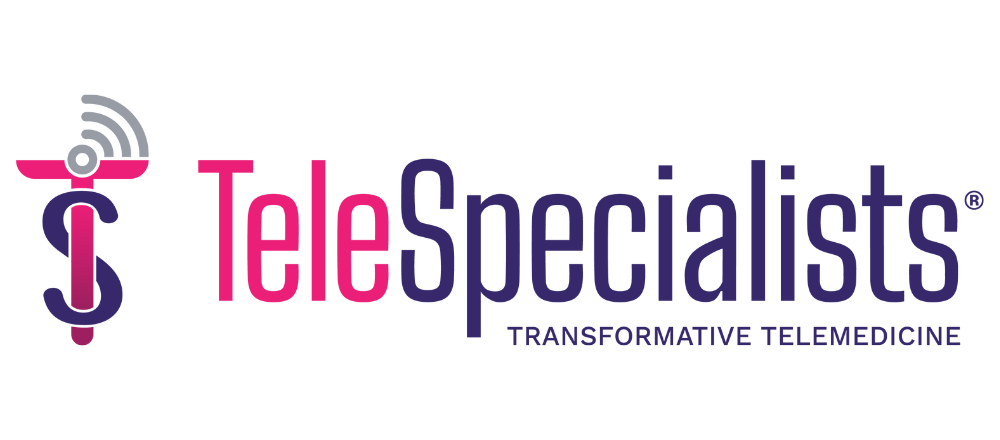
One of the largest pharmacy benefit managers in the country plans to incorporate data from a non-profit organization focused on pharmaceutical cost effectiveness into formulary decisions.
CVS Health’s PBM division, CVS Caremark, said in a white paper last week that it was starting a program that allows clients to exclude any drug whose cost per quality-adjusted life year (QALY) exceeds $100,000, according to publicly available analyses from the Boston-based Institute for Clinical and Economic Review, or ICER. The company has not stated publicly which drugs will be excluded, but it will focus on expensive “me-too” drugs that are not considered cost-effective, while drugs deemed “breakthroughs” by the Food and Drug Administration will be exempt.
Cost per QALY is a measure of the cost effectiveness of a medical treatment that incorporates quantity and quality of life and calculates its financial burden to payers. A well-known example of an organization using cost per QALY is the UK’s National Institute for Health and Care Excellence, or NICE. NICE typically maintains a cost-per-QALY threshold of about £30,000 ($38,148) for determining whether a therapy is sufficiently cost-effective to warrant the agency’s recommendation of it to the National Health Service when it is negotiating drug prices with manufacturers, with the final price often including confidential discounts and rebates.
A CVS Health spokesperson noted the company has just initiated the program, and it is only one of a number of things it is doing to address rising drug costs. As the program moves forward, she added, the company will have a panel of outside experts review ICER’s QALY estimates, and it is likely there will be extenuating circumstances.
Still, the program drew some criticism.
“It is premature to conclude our healthcare system should have a single arbiter of value,” wrote Mark Linthicum, director of scientific communications at the Los Angeles-based research firm Precision Health Economics, in an email. Approaches like ICER’s, he said, show what the value based on cost is for an “average” patient with a given condition, but don’t necessarily take into account patient diversity in terms of factors like age, gender, ethnicity and disease subtype. “This all raises a critical question about how value is used in decision making: Is information on value being used to identify the most valuable treatment for a given context and a given patient, or is it simply a tool for reducing costs?” he wrote. Linthicum is also director of scientific communications at the Los Angeles-based Innovation and Value Initiative.
However, David Whitrap, ICER’s vice president for communications and outreach, wrote in an email that each of the organization’s assessments involves more than seven months of engagement with all affected stakeholders, including patients, caregivers, physicians, manufacturers and payers. Every stakeholder’s feedback is reflected in the reports, which in addition to modeling comparative clinical and cost effectiveness, highlight contextual factors like caregiver burden and disease rarity. Average patient experience is modeled because drug companies don’t usually set different prices for different patients, though evidence that suggests different levels of benefit for different subsets is included when available, he wrote. Those scenario analyses can be informative to payers and manufacturers when they are negotiating outcomes-based or indication-specific contracts, he added.
Photo: Devrimb, Getty Images










